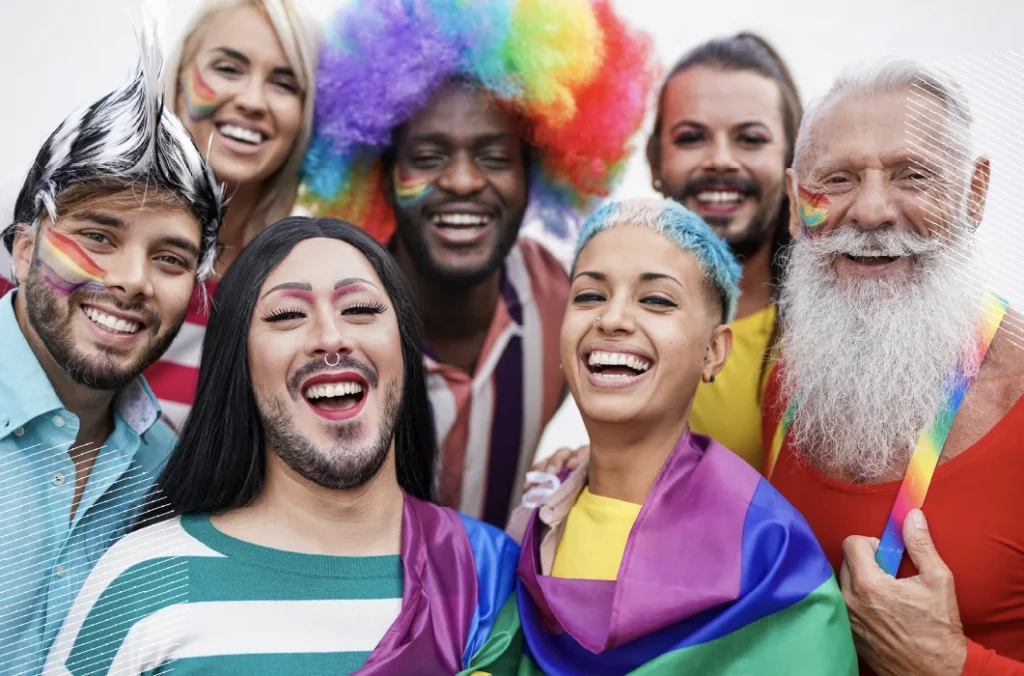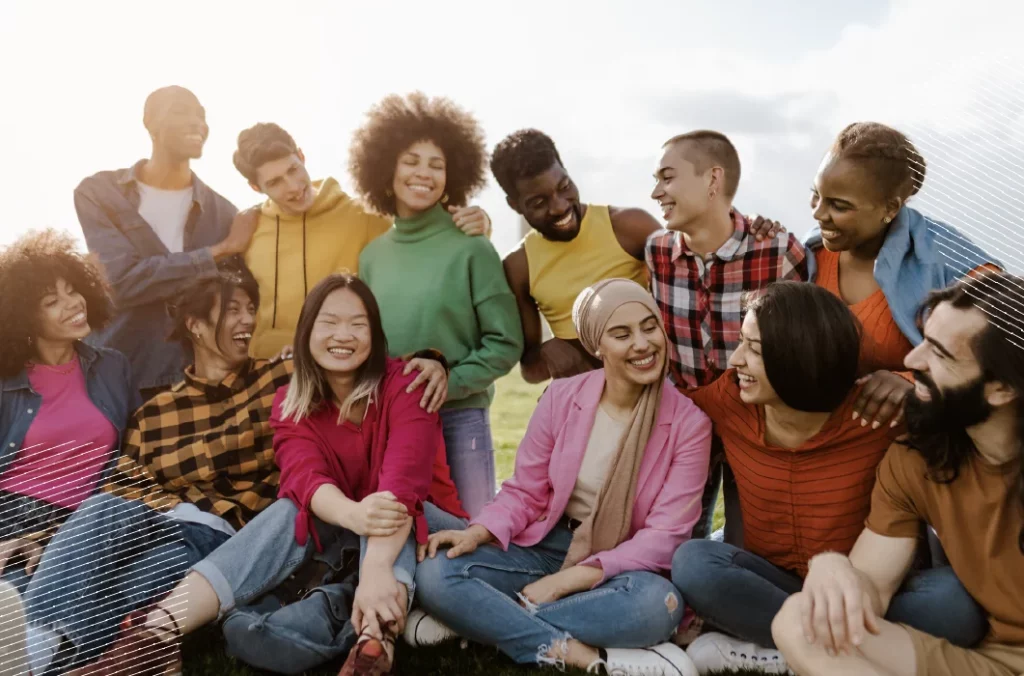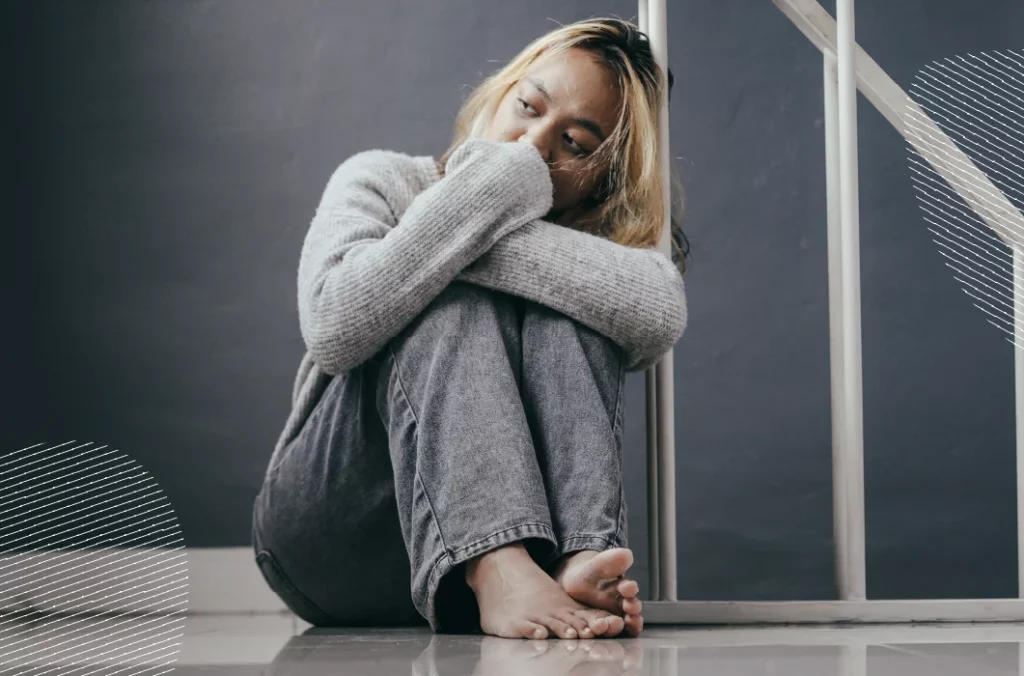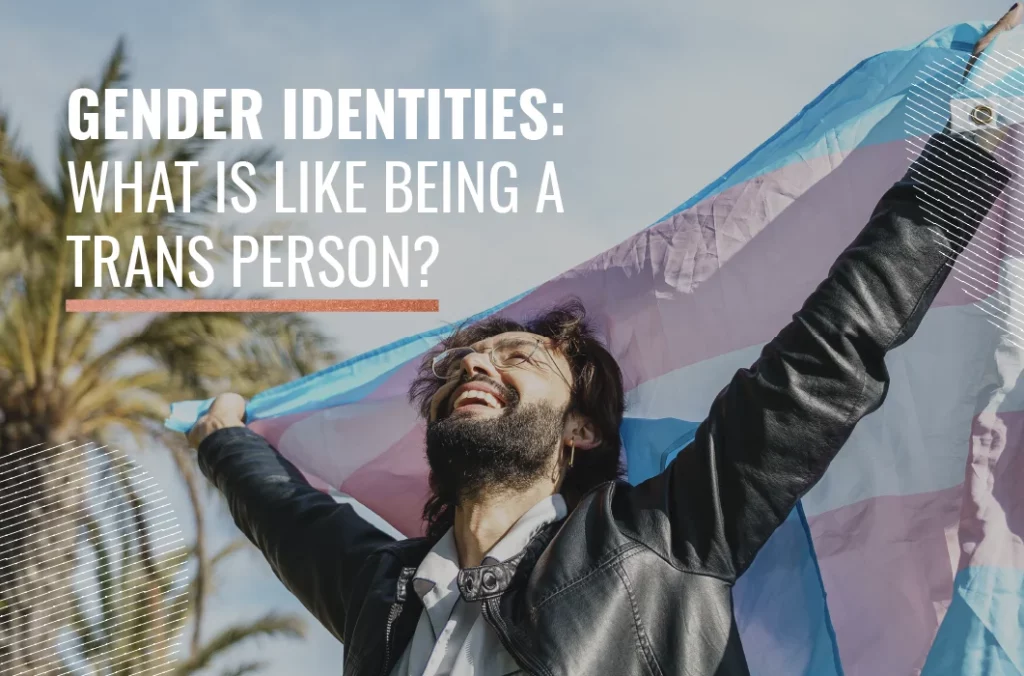Introduction
According to data extracted from the Ministry of Interior of Spain between 2014 and 2015, the majority of hate crimes that take place in this country are due to sexual orientation or gender identity, much more frequently than other personal characteristics such as race or ethnicity, disability, or the rest of the motives reflected in reports of these types of crimes.
That is why we have decided to dedicate a somewhat different article to clarify any doubts and dispel false beliefs about transgender identities, on the occasion of LGBTQ+ Pride Month. As a society, we must acknowledge that we still don’t fully understand what it means to be transgender or cisgender, not to mention non-binary or gender-fluid identities… And the list of confusing terms keeps growing. But don’t worry, if this is your case and you’re still a bit lost, we assure you that you’ll understand many concepts (if you stay until the end). Are you ready?

First of all… what is gender exactly?
Gender refers to the social, cultural, and psychological characteristics associated with being male or female. In simple terms, these characteristics include roles, behaviors, attributes, and attitudes that society considers appropriate for each gender.
Did you say “society”? That’s right! Gender is a social construct that varies over time and across cultures, and it can be different from gender identity, which is how a person perceives themselves in relation to their gender. Gender identity can be different from the biological sex they have been historically assigned.
On the other hand, as mentioned earlier, gender identity refers to how a person perceives themselves in relation to their gender and can be different from their biological sex. Gender identity is a fundamental aspect of a person’s identity and can be difficult to change once established, even with therapy or medical treatments. Therefore, it is essential to recognize that gender diversity is a reality and that there are many ways to identify oneself. Here are some examples.
Cis, Trans, Non-Binary Identities…
- Being cisgender is a term used to describe a person who identifies with the gender assigned at birth. Most people are cisgender as they do not experience any conflicts with the gender assigned to them. For example, a person born with male genitalia, assigned male at birth, and identifies as a man.
- Being transgender is a term used to describe a person whose assigned gender at birth does not align with their felt identity. It can be the case of a person born with female genitalia but grows up feeling like a man because they perceive themselves as such.
- Being non-binary is a term used to describe a person whose gender identity does not clearly align with being male or female or rejects the male-female binary. Non-binary individuals may identify as both, neither, or something different.
- Queer is a term used to describe a person who does not identify with social and cultural expectations related to sexual orientation and gender identity. People who identify as queer can be bisexual, homosexual, non-binary, transgender, or even cis-heterosexual individuals who do not conform to the roles of their assigned identity. For example, a man who wears clothing typically associated with femininity, such as skirts, but identifies as a heterosexual man.
It is important to note that the term “queer” was originally used as an insult but has been reclaimed by the LGBTQ+ community as a positive descriptor and a pride flag.
And what about the “+”? The “+” in the acronym LGBTQ+ represents the inclusion of other identities and sexual or gender orientations that are not covered by the individual letters (LGBTQ). For example, this “+” can include other non-binary identities. The “+” is added to encompass all individuals who may feel marginalized or excluded by the more traditional acronyms.

What does it mean to be transgender?
Experiencing discrimination
Transphobia is the specific discrimination faced by transgender individuals as they question the sex/gender system at its core by challenging the assigned gender identity at birth. In fact, transgender individuals are at a higher risk of exclusion, rejection, and violence compared to lesbian, gay, and bisexual individuals.
Unlike other forms of harassment, victims of transphobia face this rejection in all aspects of their daily lives and social spaces, which is referred to as the continuum of transphobia: discrimination in educational institutions, on the streets, in the media, among friend groups, sports associations, religious centers, and much more.
Various studies conducted in Spain show that, although the situation has improved significantly in recent years, transphobia remains the main cause of insults, mockery, and rejection in educational institutions in Europe and in this country.

Feeling of isolation
Often, these victims hesitate to share their experiences at home, as they may fear lacking support from their families or legal guardians. This is less common when discrimination stems from racial, ethnic, body-related, or religious origins.
Furthermore, when individuals who “defy” gender norms face exclusion, insults, or violence, a phenomenon called the contagion of stigma can occur. This means that even those who support the victims of transphobic harassment may themselves become targets of harassment. All of these factors intensify the isolation and exclusion experienced by the victims.
And how does this affect health?
Given everything that has been discussed, it is understandable that the health of a transgender person is compromised. Discrimination and social stigma can contribute to a hostile environment and generate chronic stress, which in turn can negatively affect the mental and physical health of a transgender person.
Firstly, in terms of mental health, ongoing exposure to negative attitudes, prejudice, and rejection can lead to problems such as depression, anxiety, post-traumatic stress disorder, and suicide. Transgender individuals may also experience decreased self-esteem and a sense of social isolation due to discrimination, which can impact their emotional well-being.
It is important to emphasize that discrimination not only affects transgender individuals on an individual level but can also have an impact on their access to proper healthcare. Discrimination in the healthcare field can hinder access to necessary medical services, such as hormone therapy or gender-affirming surgeries. This can lead to additional health disparities and an increased risk of undiagnosed or untreated illnesses.

But what are the interventions?
It is true that there are certain interventions, such as phalloplasty (surgical creation of a penis) for transgender men and other surgeries that are closely associated with transgender individuals.
However, most transgender individuals do not undergo complex surgeries. In many cases, the primary treatment for transgender individuals is hormone therapy aimed at blocking the effects of their sex hormones (anti-androgens for transgender women and estrogen blockers for transgender men). Some individuals also choose to take feminizing hormone compounds (estrogen for transgender women) or masculinizing hormone compounds (testosterone for transgender men).
What can we do to improve the situation?
To answer this broad question, we have sought the input of Mario Gómez Suárez, a psychologist and sexologist who supports trans individuals and their families. Drawing from his experience and perspective, the first point he highlights is the need to combat ignorance with information, as “it is the foundation for any approach from privilege to raising awareness about specific vulnerable groups.” Therefore, the starting point should be comprehensive sex education in classrooms.
This sex education should include education on the diversity of orientations, identities, bodies… However, this is not enough. “One does not necessarily connect with realities that are only present in textbooks. The media has a great deal of power in this regard,” Mario affirms.
True understanding and full respect can only be achieved if trans identities “become part of the collective imagination, not as exceptions or concepts, but as personifications, with bodies, faces, names, and surnames, of everything that makes us human.”
Conclusion
According to Mario, the three key pillars are “information, comprehensive sex education, and raising awareness.” Of course, it is important to increase representation and exposure to these realities. Lastly, he points out that “although it may be relatively difficult to accept, even though we have been fighting in worse conditions, without the support and collaboration of cisgender people, we will have a very difficult time.” So, have you changed your position on this matter?

Author: Andrés Suro (Sexual Coach at MYHIXEL)
Psychologist specialized in the social area and expert in sexology applied to education.
Remember you can book a private consultation with me at MYHIXEL CLINIC. Book your appointment here.
Do you have any questions about our online consultation service? Contact us through our WhatsApp Business +34 643 84 91 23






